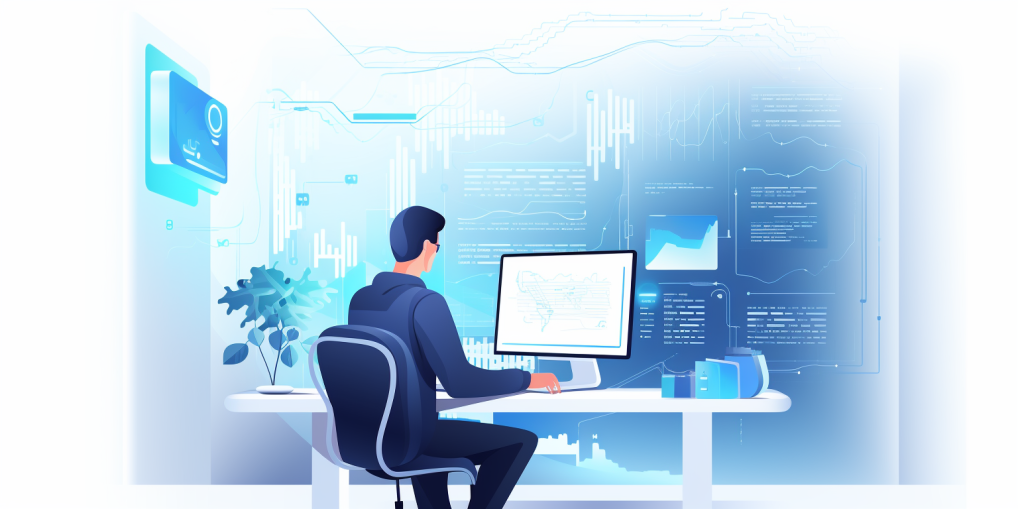In the unprecedented era of technological progress, microservices and Generative AI (GenAI) have emerged as catalysts for digital innovation, enabling organizations to swiftly adapt to evolving demands. Since the introduction of OpenAI’s ChatGPT, developers and companies worldwide have explored its remarkable capability to generate code from natural language descriptions. This technology not only streamlines the development process but also offers a promising solution to the challenges of refactoring legacy applications.
Pioneering Natural Language-based Code generation
OpenAI has been pivotal in enhancing code generation capabilities, and various commercial entities are now offering specialized solutions in this domain. For instance, NLP Cloud’s innovative API leverages GPT technology to facilitate instantaneous code generation. These solutions empower developers to efficiently describe a piece of code’s task, which, when coupled with loosely structured principles, offers precise and effective code generation.
Microservices: A catalyst for simplification
Microservices or Serverless Functions are independent software units focusing on addressing specific problems within an application, allowing for independent development and deployment. These units make it feasible to articulate their purpose and communication interfaces in natural language, serving as input for AIs to develop microservices. The advent of AI-generated microservices accelerates the construction of complex applications by serving as integral building blocks, drastically reducing development time.
However, the necessity for human review persists as generated modules are yet to achieve perfection. But with the rapid advancements in pre-trained transformers, the time is nigh when the development of sophisticated applications will be utterly reliable and efficient. This rapid transition is poised to impact the economic dynamics of service companies, especially those concentrating on offshore development.

Demystifying complexity with ChatGPT
Even the rudimentary capabilities of ChatGPT, such as generating AWS Lambda functions connecting to Salesforce.com, have showcased the technology’s incredible potential to simplify and accelerate development processes. The precision and explanatory approach of ChatGPT is as commendable as the quality of the generated code, making it a formidable tool in the software development arsenal.
Breaking the monolith of legacy applications
The struggle of large enterprises to refactor legacy applications, especially those developed in Cobol, is well-documented. The scarcity of Cobol experts exacerbates this challenge. Modern applications are developed with a focus on well-defined interfaces, isolation, and polymorphism, and there is an increasing need to refactor legacy applications in alignment with these paradigms.
Revolutionizing legacy code refactoring
GenAI could revolutionize legacy refactoring by analyzing and extracting business logic from thousands of lines of code and decoupling dependencies. The potential of training a language transformer on languages like Cobol can contribute to the significant breakthrough in IT modernization, impacting applications that seem untouchable currently.
The possibility of developing a community wherein enterprises contribute their code to train the GPT models further solidifies the prospect of reaching the zenith of IT modernization, extending the influence of this technology to untapped application domains.
Conclusion
The convergence of Microservices and GenAI is more than a technological milestone; it’s a testament to the limitless possibilities that lay within the realm of software development. The ability of technologies like ChatGPT to generate coherent and functional code based on natural language paves the way for a future where the development of complex applications is streamlined and efficient.
Moreover, the potential of this synergy to address the ongoing challenges associated with refactoring legacy codes marks the beginning of a new epoch in IT modernization. Enterprises and developers embracing these innovative approaches will not only reshape the development landscape but also position themselves at the forefront of digital transformation, paving the way for a future where technology and human intellect coalesce to solve the most intricate problems.


